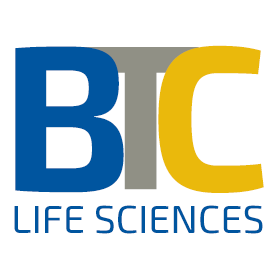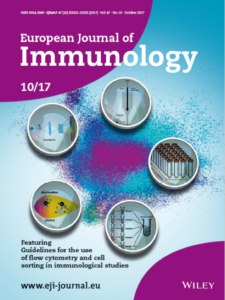Facial analysis improves diagnosis
Researchers at the University of Bonn use artificial intelligence to detect rare diseases even more accurately
Rare genetic diseases can sometimes be recognized through facial features, such as characteristically shaped brows, nose or cheeks. Researchers at the University of Bonn have now trained software that uses portrait photos to better diagnose such diseases. The improved version “GestaltMatcher” can now also detect diseases that are not yet known to it. It also manages to diagnose known diseases with very small numbers of patients. The study has now been published in the journal “Nature Genetics”.
Many sufferers of rare diseases endure an odyssey until the correct diagnosis is made. “The goal is to detect such diseases at an early stage and initiate appropriate therapy as soon as possible,” says Prof. Dr. Peter Krawitz from the Institute for Genomic Statistics and Bioinformatics (IGSB) at the University Hospital Bonn. The researcher is a member of the Cluster of Excellence ImmunoSensation2 and the Transdisciplinary Research Area “Modelling” at the University of Bonn.
The majority of rare diseases are genetic. The underlying hereditary mutations often cause varying degrees of impairment in different areas of the body. In most cases, these hereditary changes are also expressed by characteristic facial features: for example, because eyebrows, the base of the nose or the cheeks are shaped in a distinctive way. However, this varies from disease to disease. Artificial intelligence (AI) uses these facial characteristics, calculates the similarities, and automatically links them to clinical symptoms and genetic data of patients. “The face provides us with a starting point for diagnosis,” says Tzung-Chien Hsieh of Krawitz’s team. “It is possible to calculate what the disease is with a high degree of accuracy.” […]
Participating Core Facilities: The Bioinformatics Core Facility is affiliated with this study.
Participating institutions and funding:
In addition to the Institute for Genomic Statistics and Bioinformatics and the Institute of Human Genetics of the University Hospital Bonn, the Charité-Universitätsmedizin Berlin, the universities of Greifswald, Tübingen, Düsseldorf, Lübeck, Heidelberg, the Technical University of Munich as well as universities from South Africa, France, the USA and Norway were involved. The study was mainly funded by the German Research Foundation (DFG).
Publication: T.-C. Hsieh et al: GestaltMatcher: Overcoming the limits of rare disease matching using facial phenotypic descriptors, Nature Genetics, DOI: 10.1038/s41588-021-01010-x







